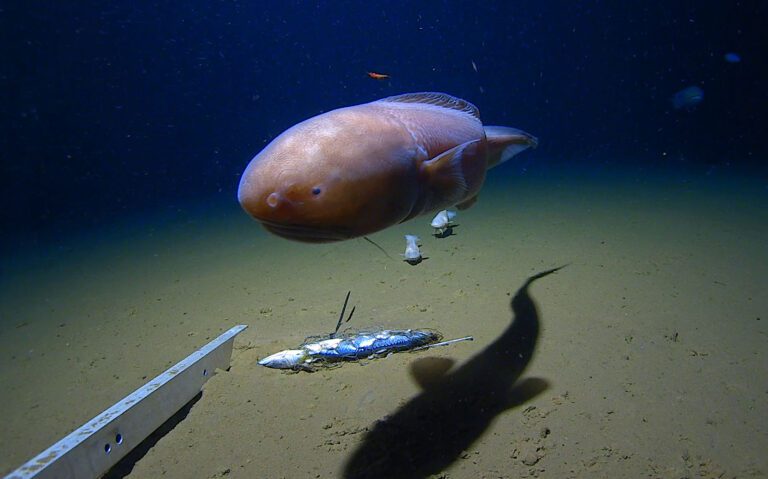Deep-ocean explorer Victor Vescovo and his team have completed a two-month expedition in Japan that has included the first-ever human descents of the Ryukyu, Izu-Bonin-Ogasawara and Japan ocean trenches, as well as exploration of the underwater epicentre of 2011’s Great East Japan Earthquake.
Organised by Vescovo’s Caladan Oceanic and EYOS Expeditions using the mother ship Pressure Drop, the initiative included a 9,137m dive to the Boso Triple Junction, one of only two places on Earth where three tectonic plates converge – Pacific, North American and Philippine. Vescovo has now dived 17 of the world's 26 deep ocean trenches.
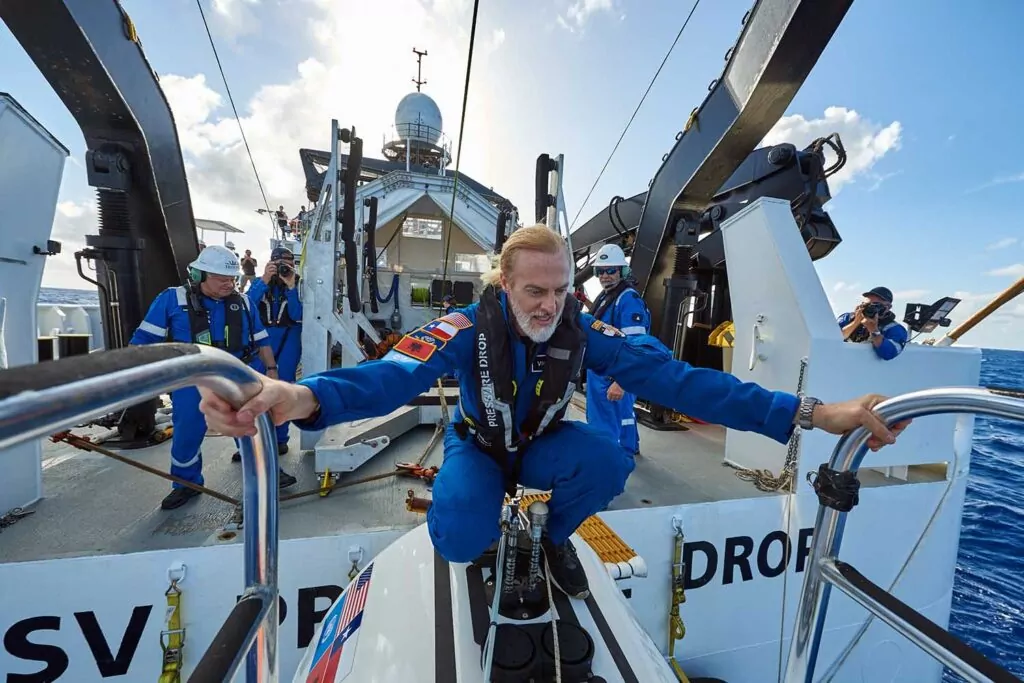
Seven crewed submersible dives and 63 lander deployments were carried out in co-operation with a scientific team co-led by British marine biologist Prof Alan Jamieson of the University of Western Australia and Prof Hiroshi Kitazato of Tokyo University of Marine Science & Technology, along with the Japan Agency for Marine-Earth Science & Technology and other bodies. International marine scientific research organisation Inkfish funded the expedition.
Vescovo was accompanied by different scientists on descents in his two-person Triton submersible Limiting Factor which, apart from China’s Fendouzhe, is the only submersible able to reach any ocean depth.
Three Caladan Oceanic robotic landers were dropped to the seabed at different depths on each dive to capture high-definition video footage and collect biological and water samples. The landers also acted as navigational beacons for Limiting Factor.
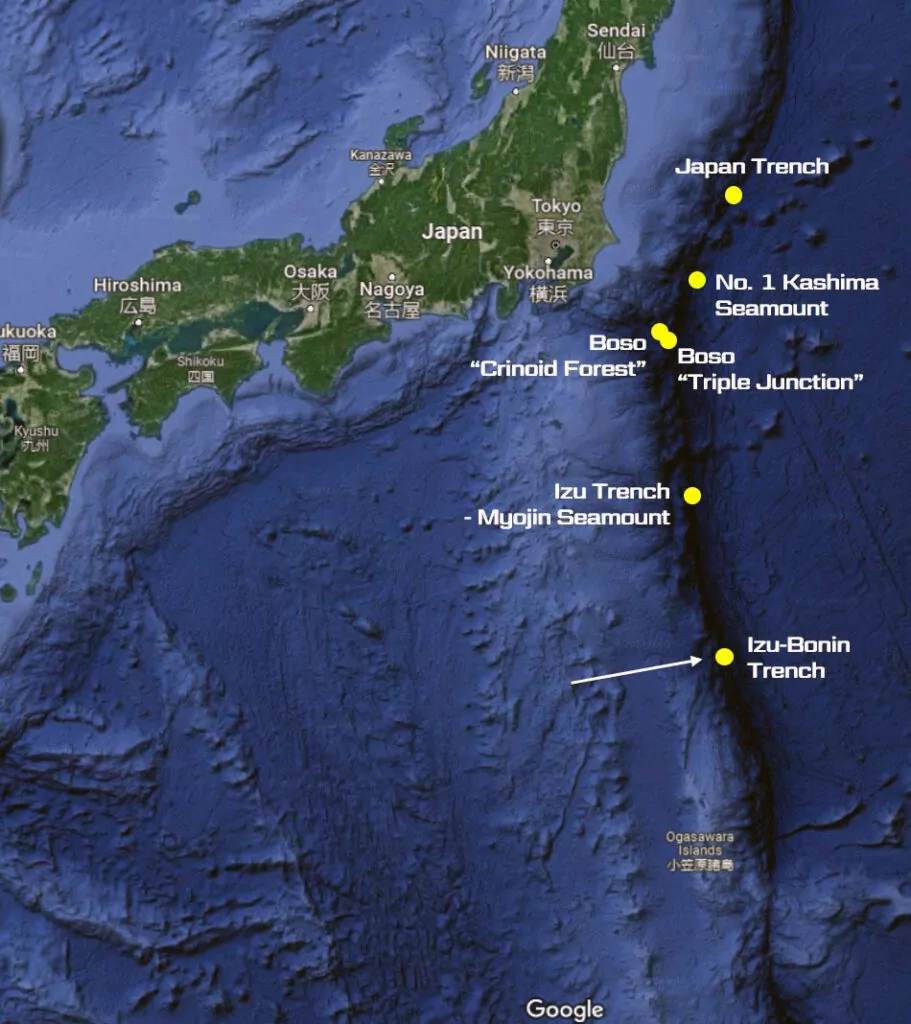
First visited was the Ryukyu Trench off Okinawa to the west of Japan, with Prof Jamieson alongside pilot Vescovo reaching what was thought to be close to its deepest point at 7,324m. The nine-hour mission included nearly three hours spent recording half a kilometre of the trench wall.
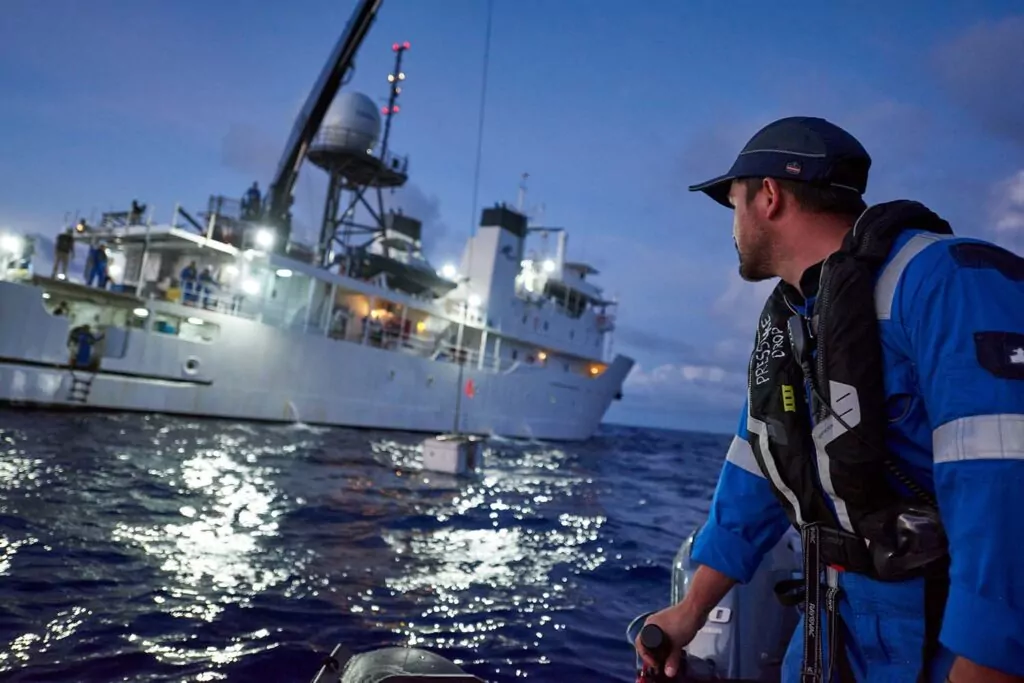
The Izu-Bonin Trench followed six days later, with Prof Katsuyoshi Michibayashi of Nagoya University as observer. He and Vescovo reached the greatest depth recorded on the expedition at 9,775m and they might have dived 50m deeper beyond 10km had not other areas of the trench been deemed to be of greater scientific interest.
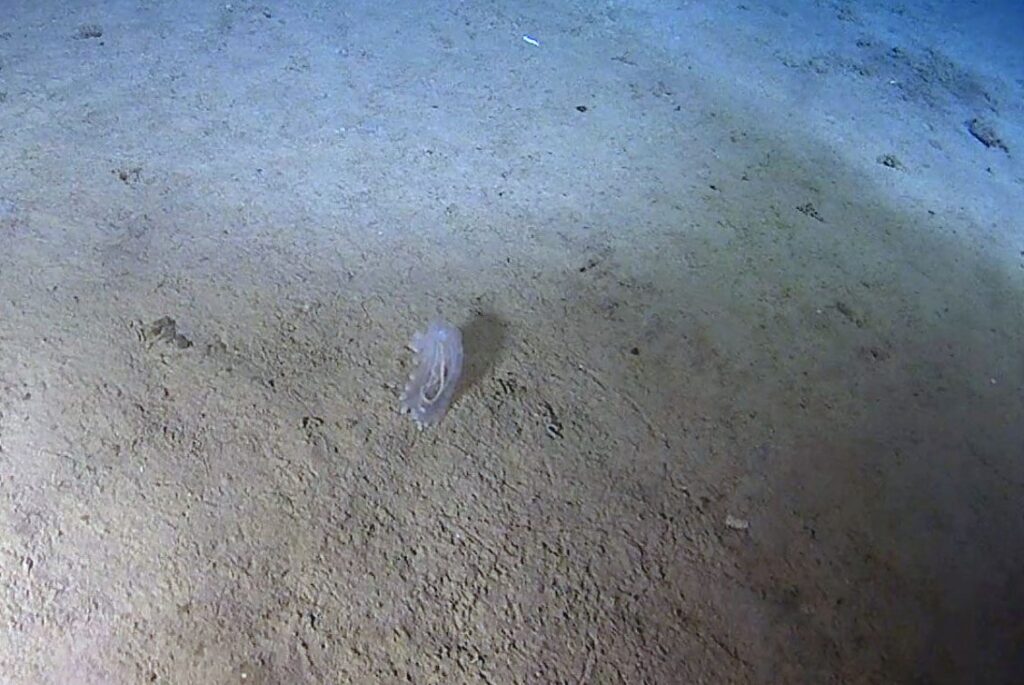
Prof Kitazato accompanied Vescovo to dive the Japan Trench north-east of Tokyo on 20 August. They reached 8,001m, just 11m short of maximum depth, and explored some 3sq km of seabed, finding landslide scars and marine life repopulating the area following the earthquake that occurred 11 years ago.
In the final phase of the expedition three submersible dives and 28 lander deployments were carried out near the earthquake epicentre as well as areas to the west and east, which were found to vary significantly. The team say that their survey will shed light on the causes of submarine earthquakes, their impact on marine ecology and ways of identifying warning signs.
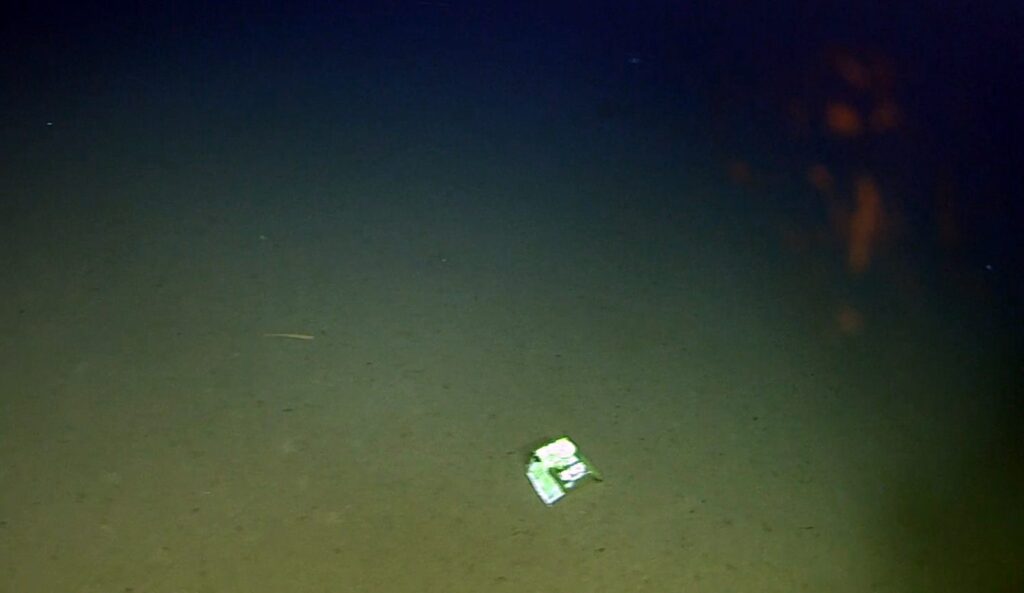

On all the dives marine life was reported to have been dominated at mid-depths by deposit-feeders (which feed on particles in sediment) and by snailfish at the bottom. In the Boso Triple Junction an area known as the Stalked Crinoid Forest was investigated, as well as others rich in sea anemones and other suspension-feeders attached to sedimentary rocks.
The team also mapped almost 85,000sq km of unexplored areas of the Japanese Exclusive Economic Zone in support of the Nippon Foundation’s initiative to map the entire seafloor by the year 2030.
Also on Divernet: First Humans Dive Into Yap And Palau Deeps, What On Earth Is Next For Vescovo?, Deep-Sea Mapper Can’t Get Much Deeper, Vescovo Dives World’s Deepest Shipwreck Sammy B
